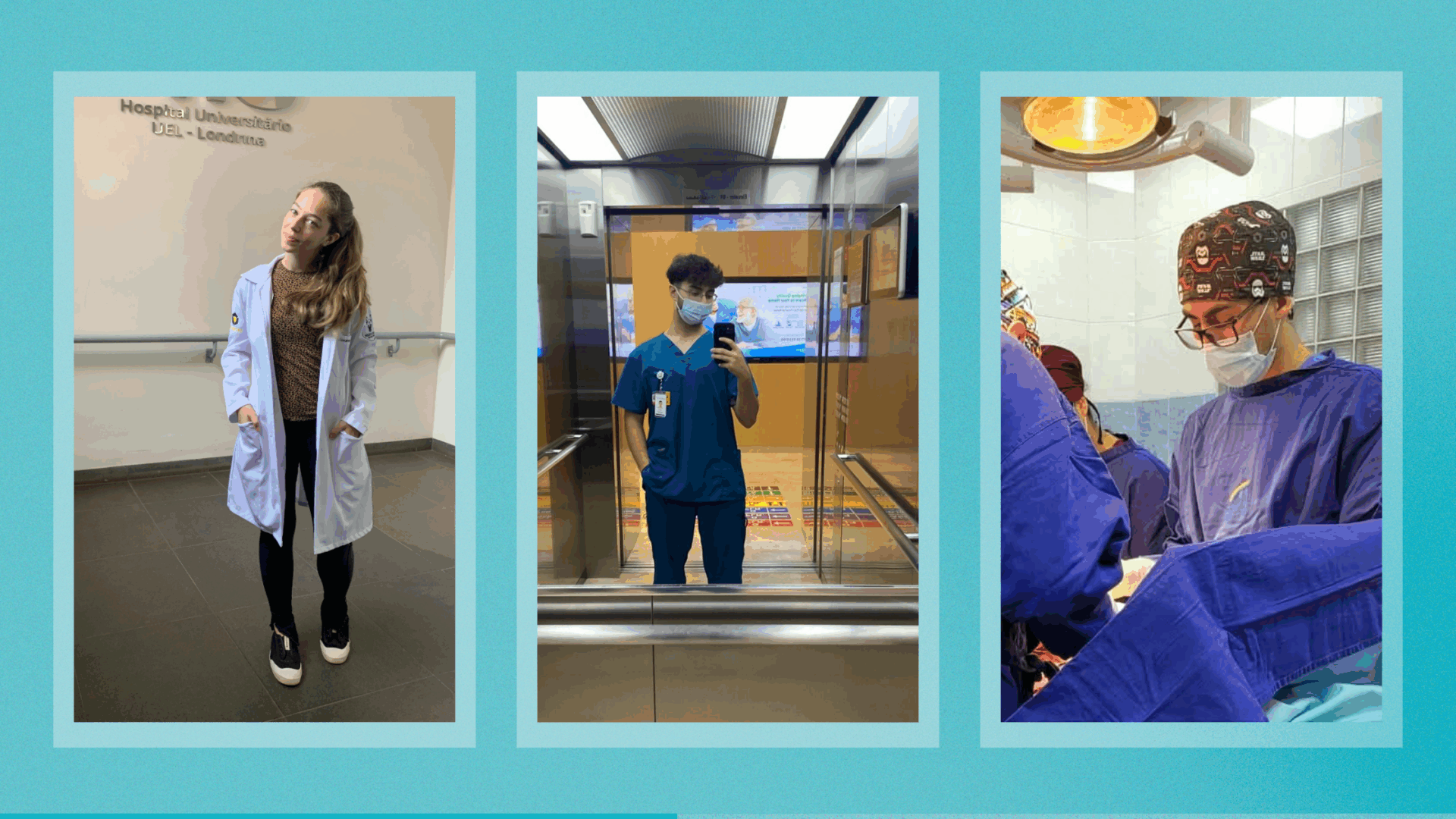As with any profession in the healthcare industry, becoming a dentist requires good academic standing and numerous, impressive extracurriculars. This means the road to becoming a dentist begins as early as your undergraduate education. If you’re thinking about applying or even find yourself lost halfway through the process, check out our five-step guide designed to help you get into dental school.
1) Get Strong Grades
Getting into dental school begins with strong grades throughout your undergraduate education. If you plan to begin dental school immediately after graduation, you will likely be applying before your full transcripts are ready. This means extra attention will be given to your first- and second-year grades and makes these semesters important to your application.
Because your grades are the foundation for your application, getting good grades is less of a first step and more of a general step to keep in mind throughout school.
2) Study for the Dental Admissions Test (DAT)
The DAT is the admissions exam for dental school applicants. The exam takes just over four hours and tests knowledge in the areas of natural sciences, perceptual ability, reading comprehension, and quantitative reasoning.
Because dental school applications open in the late spring, you should take the DAT no later than June of your application year. The ADEA recommends three-to-four months of study prior to taking the DAT. For students applying right after graduation, this means creating a study plan that allows you to balance school and test prep.
3) Participate in Extracurriculars
Extracurriculars are something you can do at any point throughout your pre-dental stage. While more extracurriculars are always good, it is important to keep enough room in your schedule to balance school, studying, and life. This can often mean doing fewer but more relevant extracurriculars.
Your university will have a ton of extracurricular clubs and organizations to become a part of. There are likely a few dental-related groups to join.
There are also ways to get involved outside of your university. Working in a dental office as a dental assistant or desk person is a great way to familiarize yourself with the profession while even earning some extra money. Similarly, volunteering is a great way to stand out on your dental school application. While volunteering may not be directly related to dentistry, it is a great way to get involved with the community that you may eventually serve.
Another extracurricular that will familiarize you with the field is dental shadowing. Dental shadowing lets you observe a dentist for a set amount of time. Typically these experiences are a few hours per day over four weeks. A good way to find shadowing sites is through AMOpportunities. Dentists work directly with AMO to open their clinics to students interested in shadowing.
Understandably, these experiences may not be available or accessible to everyone. However, a consistent job or even a good research project can go a long way on an application.
4) Preparing Your Application
All this talk of how to stand out on your application is nothing without the actual application. You can begin preparing your application as far out as a year before you plan to apply. For this step, we will assume you have already taken (or have already scheduled) to take the DAT. However, it is a good point to note that while you can complete your application without your DAT scores, it will not be accepted until your scores are uploaded.
Preparing your application means you should be thinking about who will write your letters of recommendation. You will be able to upload four letters of recommendation to your application, but the required number may vary based on the schools you apply to. It is recommended that you reach out to your letter writers at least three months before your application is due. This will give your recommenders ample time to write and upload their letters.
While your recommenders write your letters, you should consider preparing your personal statement. This will ensure you have time to think through your story and edit and revise your letter. Trying to write your letter while completing your application can lead to a letter that is rushed and mistake-ridden.
Depending on the schools you plan to apply to, you may have to take the CASPer test. Learn more about the test here. This is a much shorter test than the DAT. However, you should still plan on completing it before the end of June of your application year.
5) Apply and Interview
Finally. FINALLY. It’s time to apply.
To apply to dental school, you will use the AADSAS application. This application opens in mid-May and you can start to fill it out on June 1. You will have until July 15 to complete your application.
To learn more about the AADSAS application portal and what the application requires, explore these resources from the ADEA.
Expect that some, or all, schools you apply to will have a supplemental application. Usually, these are short, but it is important to remember to save some time for any additional questions not on the AADSAS application.
The final step before you get into dental school is the interview. Most dental schools will begin interviewing applicants in September of their application–just two months after the application closes. Interviews often go through the winter and even into the early spring of the year after your application year.
Check out these tips for nailing your interview and making sure you get into grad school.







Leave A Comment